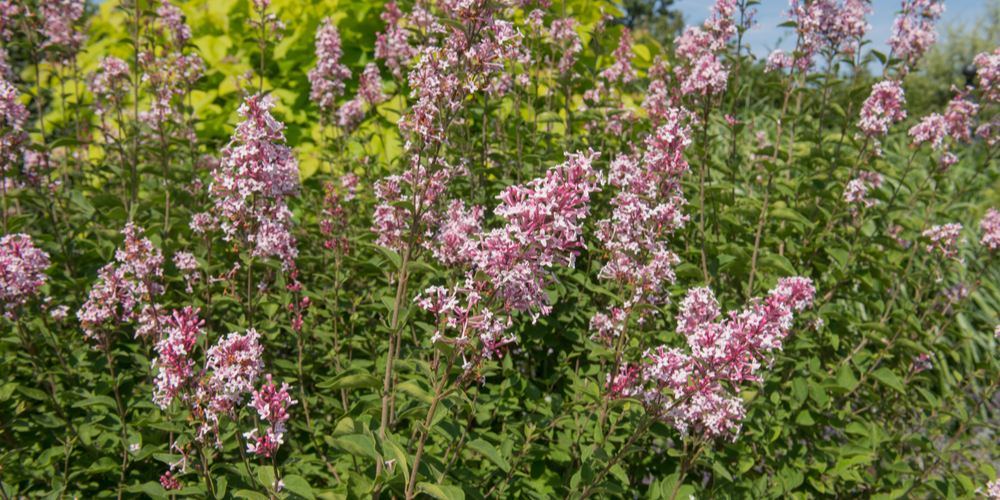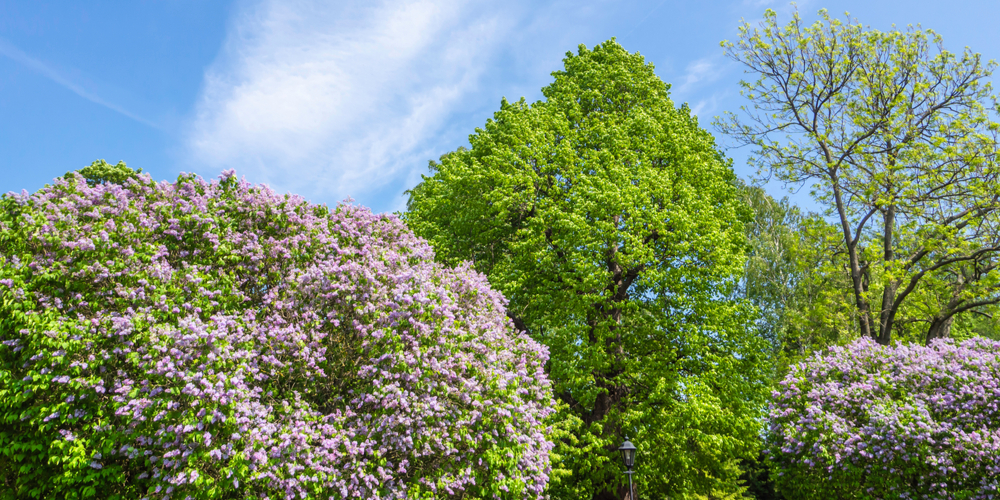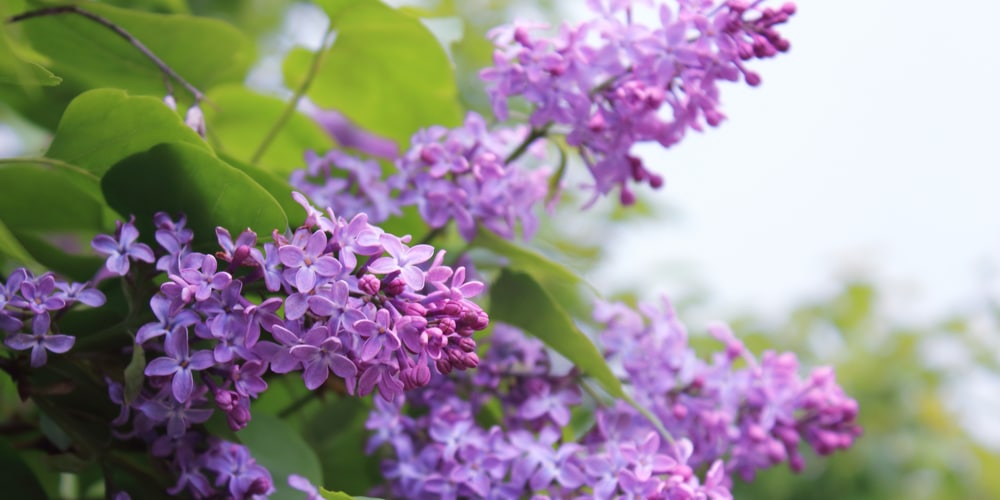Lilacs are stunning flowering shrubs that will increase the aesthetics of your garden no matter where you place them. Besides producing bright-colored flowers that attract plenty of pollinators (including bees and butterflies), lilac shrubs are also fragrant. Their scent is appealing and will make your garden more pleasant. But does lilac grow in shade?
Despite their delicate looks, these plants are fuss-free and relatively easy to grow. They perform excellently as hedges and borders. Plus, they are perfect for beginners or people that don’t have much time to spend in their yards. Indeed, these plants require little to no attention from your side.
Quick Answer:
…in short, lilacs tend not to do well in the shade. While you might have them survive even in sunlight-deprived conditions, you will not have thriving plants without at least a half-day of sun.
Table of Contents showLilac is Easy to Care For
Once established, they will thrive, provided that you ensure they get what they need to survive. And luckily, that is pretty simple. Indeed, lilacs need well-draining soil, prefer slightly alkaline conditions, and adequate sunlight. Besides those elements, you won’t have to worry about feeding your plants unless you live in an area deprived of nutrients. In that case, it might be a good idea to add some 5-10-10 fertilizer. Be careful at the nutrient balance: too much nitrogen can cause your plant to grow lush without creating blooms. But without this element, your lilacs might not grow at all.
Alternatively, consider adding some organic material instead: you will cause less harm to your plants in the long run, especially if you tend to overdo fertilization.
In general, these plants prefer direct sunlight. If you can, you should pick a location that will provide them with at least four hours of sun every day. But what if you cannot? Could you still grow lilacs? In essence, does lilac grow in shade? Keep reading to find out.
Does Lilac Grow in Shade?
Lilacs require plenty of sunshine to thrive. For voluminous blooms and healthy growth, you must plant them somewhere they will receive between six to eight hours of sunlight per day. Partial light also works well. However, inadequate lighting might halt these plants’ growth and flower production.
So, in short, lilacs tend not to do well in the shade. While you might have them survive even in sunlight-deprived conditions, you will not have thriving plants without at least a half-day of sun. For this reason, avoid planting your lilac shrubs under the shade of trees or buildings. And even under such conditions, ensure the shady conditions don’t extend during the day. Indeed, even if some plants might still survive under the shade, you probably have some problems with blooms.
Lilacs Care: Our Tips
For growing thriving lilacs, there isn’t much you should do. Of course, you must plant them in their optimal hardiness zone for best results. Lilacs grow best in mild climates: if you live in USDA zones between 4 and 7, you won’t have issues adding them to your garden. But besides that, you must give these plants what they need to thrive to enjoy them at their best.
For starters, pick a location to plant them that receives adequate sunlight. If you can, avoid growing them in the shade. Additionally, ensure the soil you use is well-draining. Contrary to other plants, lilacs don’t need lots of water. Suitable potting mixtures will provide your plants with the optimal conditions to maintain their moisture. However, try not to leave them dry for too long: lack of water might affect the health of your blooms and, ultimately, the looks of your plants.
Additionally, adding mulch around your plant will increase water retention and improve the nutrient content. Don’t skip this step if you live in a warm region. Mulching will regulate the temperature of the soil and keep your lilacs healthy.
Don’t forget to prune your plants: while it might be a time-consuming practice, you’ll only have to carry it out once per year. And the efforts will pay you off. This practice will not only keep your lilacs in an attractive shape: it will also reduce the risk of diseases and the spread of fungal infection. Indeed, by eliminating old and unhealthy-looking branches, you’ll make space for new growth and ensure adequate airflow.
Does Lilac Grow in Shade?: Final thoughts
To increase your chances of success with lilacs, consider planting more than one next to each other. Because of their bright colors, lilac bushes attract plenty of bees, essential for their reproduction. Because more flowers will create more color having more than one shrub will attract more pollinators. In turn, this will contribute to the growth of an overall healthier garden.
Related Article: Do Lilacs Need Fertilizer?


